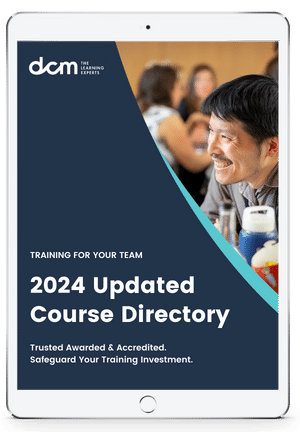What is a technical report?
A technical report is a document that describes the progress, process, or results of scientific or technical research. It also can include some recommendations and conclusions. Technical reports may be considered as grey literature because they rarely undergo comprehensive independent peer review before publication.
Technical reports are a great source of technical or scientific information. They can be written both for wider or internal distribution. In order to establish novelty, technical reports can be considered as a primary form of scientific paper when researchers don’t want to wait when academic journals publish their work.
So, as you see, a technical report is a key part of the research that also should be written according to established rules. Below, you will find some tips on how to write it.
Technical Report Elements
A typical technical report consists of the following elements:
- The title page
- The introduction
- The summary
- Experimental details
- Results and discussions
- The body
- Conclusion
The conclusion may include:
- Recommendations
- Reference
- Bibliography
- Acknowledgments
- Appendices
Tips on how to write a technical report
A technical report doesn’t differ much from other types of technical documents. First steps are the same — learn your audience, goals of the technical report, what recourses (articles, blogs) can help you write a good report, and so on.
Then list all your ideas of topics as they come to your mind, sort them into groups — it will be a rough outline of your future technical report. Now, you’re ready for a first draft. I want to provide you with some tips on how to write a good technical report in order to help you create a great first draft and save your time:
Check all the information twice
When you’re searching for information on the Internet, keep in mind, that not all the information is reliable, so check it twice. The best way is to read relevant books, journals, and articles.
Formatting style
Speaking of formatting, stick to one format — don’t use different fonts in your work. If you want to highlight an idea, use bold or italic.
Clear heading and subheadings
Heading and subheadings should be clear in order to ease the searching for necessary information. They also help readers get the main idea quickly.
Citation
It’s ok to use the information of other people but use citation - plagiarism is not a good idea of writing content.
Always proofread
Proofread your content using these tips or a free grammar checker.
How best to present your report?
A presentation is an important part of the final outlook of your work. So, what do you need to do:
- Write a script. Your report should be printed on an A4 paper on one side. It should not be hand-written because it’s not accepted.
- You should number those pages that contain the content, so, a title page and a summary are exceptions.
- Staple your report at the top left: if a report is too long, you should bind it.
- Formatting: usually the font size is 12, style is Times New Roman, the spacing is 1.5 or 2.
Conclusion
As you see, a technical report is not something difficult. You can write it easily sticking these tips, and also it’s a good idea to read technical reports of other authors. You will get the experience and build your style. However, the main recommendation is to write concisely.
Author: Kesi Parker
FAQ's
- Can I use information from the internet in my technical report?
Yes, you can use information from the internet, but ensure it is from reliable and reputable sources. Verify the information from multiple sources to ensure its accuracy.
- How should I structure a technical report?
A technical report should have a clear structure with defined sections: title page, introduction, summary, experimental details, results and discussions, main body, and conclusion. Each section should be clearly marked with headings and subheadings.
- What are some common mistakes to avoid when writing a technical report?
Common mistakes include lack of clarity, inconsistent formatting, inadequate proofreading, failing to properly cite sources, and not following a structured format. Ensuring these aspects are addressed can improve the quality of your report.
Inhouse Tailored Training for your Team
We provide training programs that are developed by industry, for industry. Our range of programs can be delivered in a way that suits the needs of your business to offer your employees learning that is accessible and flexible.
We add value to your business by providing specialised, flexible and scalable training that meets your training needs. As your workforce grows and evolves, our globally certified and industry-validated learning solutions can assess, train and qualify your employees. For more information on how we can help please visit the in-house training page.
Membership, Stay Connected. Stay Relevant.
Completing a program is a point-in-time exercise that delivers huge value, but there is a next step to maintaining the currency of your skills in the ever-evolving professional world.
Membership is the next step.
A unique platform, membership is designed to ensure that you are in tune and up-to-date with the latest tools, trends and developments. Being a member provides just-in-time training and continuous professional development, and an exclusive and evolving content library informed by subject matter experts and industry leaders.
 Effective Report Writing: Tips & Examples for Outstanding Reports
Communication Skills • Report Writing • Writing Skill
Effective Report Writing: Tips & Examples for Outstanding Reports
Communication Skills • Report Writing • Writing Skill





_165x115_fc3.jpg)



